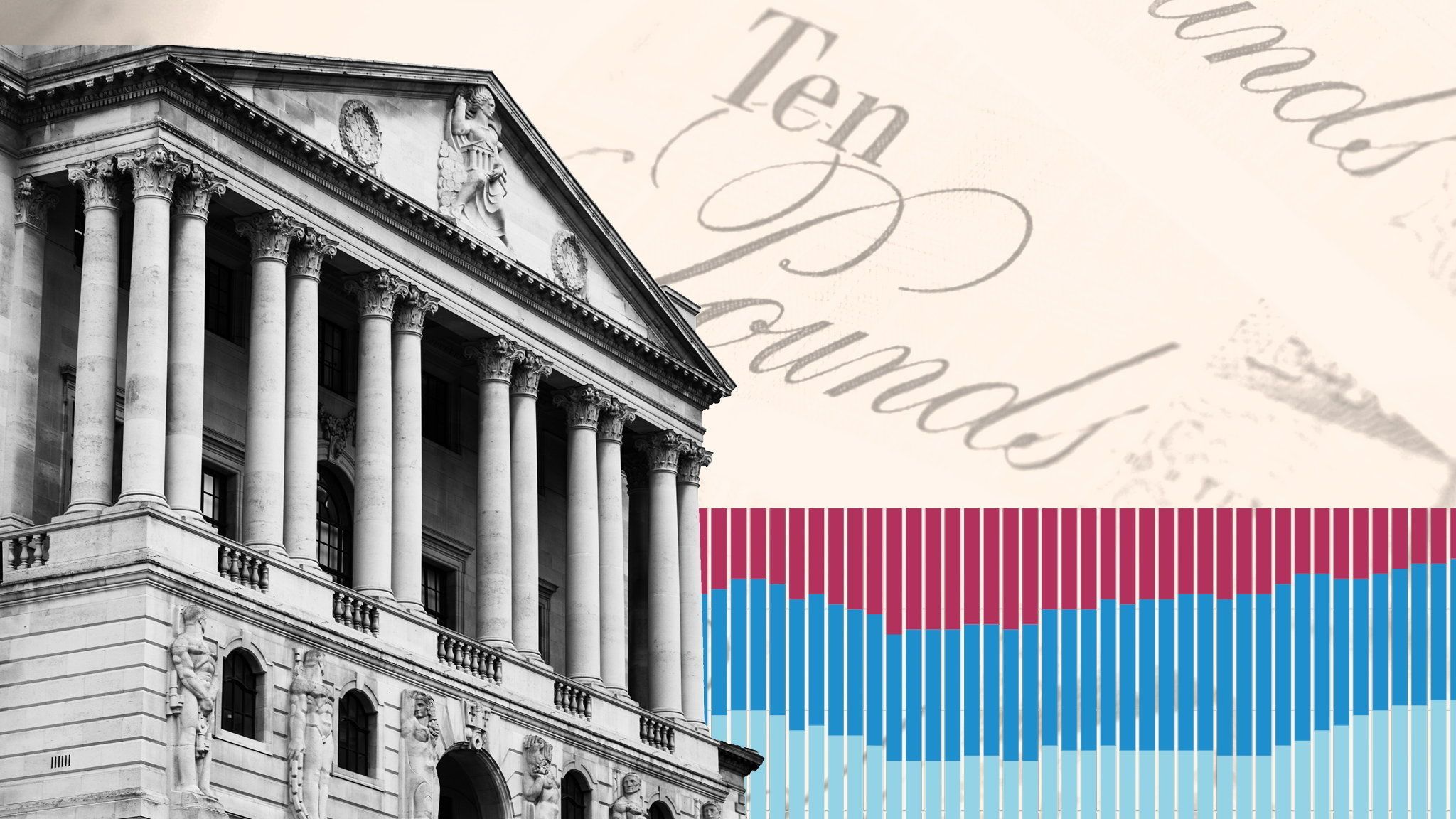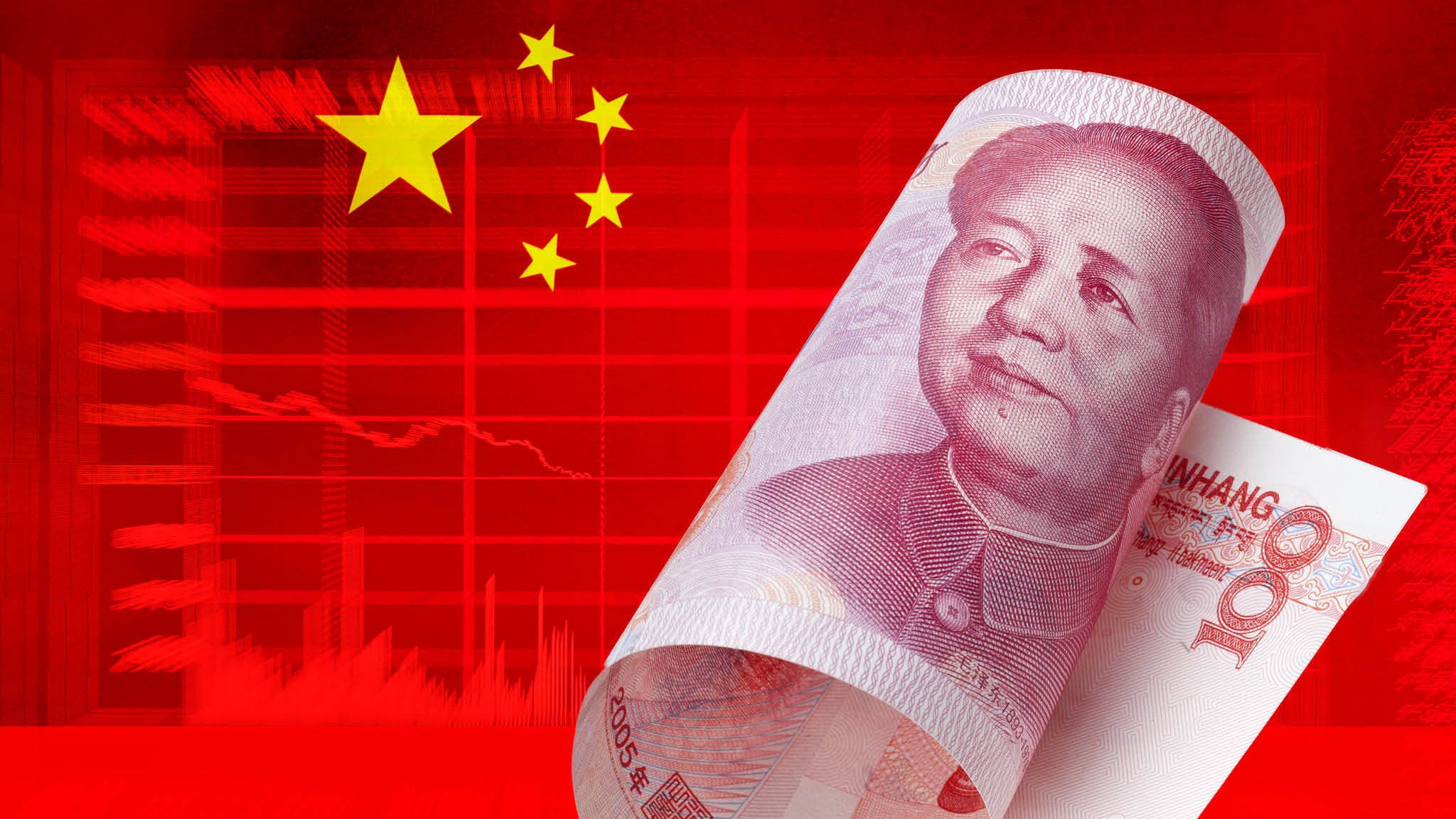Is it time for value investing?
Why value stocks are attracting investors again


Over the past decade a market environment of low inflation and ultra-low borrowing favoured a growth style of investing.
But the reopening of the world post-Covid and rising interest rates have caused the pendulum to swing as investors look to value stocks.
Value investing is an investment approach that places a high emphasis on pricing anomalies in the market.
Value managers seek to identify companies where the current price of a stock undervalues the business, in the expectation that over time the true value of the business will be recognised and the stock will be re-rated by the market.
So what do the current market conditions hold for value investors in this new world order?
This report is worth 30 minutes of CPD.
Advisers split over value vs growth funds
Advisers are split on whether they prefer value over growth funds, according to the latest FTAdviser poll for Talking Point.
While a fifth of advisers said they were neutral on style, 20 per cent said they were either very much in favour or slightly in favour of value stocks.
The remaining 16 per cent were in favour of growth stocks; 10 per cent slightly in favour, while 6 per cent were very much in favour.
According to Alessandro Dicorrado, portfolio manager within the value team at Ninety One, he does not believe there needs to be a rule that both should be owned all of the time.
Dicorrado adds: “There will be times when value is expensive and growth is cheap, in which case perhaps the investor should be fully in growth stocks.
“Conversely, there will be times when growth is expensive, in which case perhaps the investor should be fully in value stocks. Of course, if growth is cheap then the same fund might have both growth and value.”

Why the market environment is 'better suited' to value investors
For more than a decade, growth investing has had the upper hand as investors backed companies in sectors like technology and communications services, with strong momentum in building profits and gaining market share.
A market environment of low inflation and ultra-low borrowing costs strongly favours these types of investments, which are typically valued on what they might be worth several years out, rather than just current profits or dividends
However, over the past year, rates have risen sharply across the globe and that has caused a significant reappraisal of the valuations of growth stocks, bringing them hurtling back down to earth,” Jason Hollands, managing director at Evelyn Partners, explains.
In contrast, investors have increasingly swung behind businesses able to generate the relative security of a sensible dividend today, many of which would broadly fit into the value universe.
We have just been through a decade of rising valuations for growth stocks. This is now reverting.
But Hollands also offers a word of caution about margins in a recessionary environment.
"Given a slowdown in global growth and the risk of recessions, businesses able to churn out dividends – those typically in more mature sectors – are likely to remain in favour, though investors need to be careful about businesses with thin margins and weak balance sheets even if they look seemingly cheap as they will struggle in a recession."
Resurgence of value
According to Alessandro Dicorrado, portfolio manager within the value team at Ninety One, this resurgence of value investing should be more properly described as the implosion of growth.
He adds: “We have just been through a decade of rising valuations for growth stocks, culminating in the 2020-21 valuation bubble for all things growth. This is now reverting.
“Value didn’t suffer from this valuation bubble, and therefore it is less affected by its implosion.”
So, over the past 12 months, there has been a rotation from growth to value.
Surging inflation and commodity prices have been hugely beneficial for legacy companies in the oil and gas and mining sectors as they have been able to take advantage of the global energy crisis and the switching on of demand post-Covid.
An environment of rising interest rates also helps value stocks appear more valuable, as growth companies tend to have longer-term cash flow horizons and thus their valuations are more impacted by the rise in rates.
Prior to 2022 there had been a sustained period of outperformance from growth stocks as a result of the low-interest rate environment.
Stuart Clark, WealthSelect portfolio manager at Quilter Investors, notes: "The pandemic accelerated the view of a transformational shift in working and living conditions, with an associated shift in consumption patterns, thus reflected in the valuations of several growth names, and the gap between value and growth reached levels not seen since the TMT bubble."
Clark adds: “What we have seen, as a result of geopolitical factors and inflationary pressures, is a sharp rotation in investor sentiment from growth to value.
“It should be noted that there is still a meaningful gap between the valuations of value and growth stocks and the shift from a market environment underpinned by accommodative monetary policy supporting valuations requiring less discrimination between the valuation and the growth opportunity.”
Definitions
There is no one standard definition of value investing, but it can be described as ‘buying something for less than it is truly worth’ because the value stock is trading below its intrinsic worth.
This may be measured by ratios such as price to earnings or price to book or some combination of metrics as ascribed by the investor.
It is in nature a contrarian investment style where the investor is taking a stance against the market, saying this company will ultimately deliver the returns.
These companies would typically return this cash flow to the investor in the form of both income (dividends) and a mean reversion of valuation back to historic norms or market level.
Clark adds that value can be further broken down by thinking about both defensive and cyclical value – the latter being companies that are more closely linked to inflation and the economic cycle (commodities) while the former would prevail as economies slow down and yet provide services or goods that are consistently required (utilities, pharma etc).
Dicorrado says the industry has roughly defined value investing as "buying stocks that are trading at low multiples of earnings or net assets" because paying a low multiple makes it more likely that an investor is buying a share of a business for less than it is really worth.
Conversely, the industry definition of growth investing is to buy fast-growing companies.
Emerging market equities are trading at a discount to wider global equities, in large part because China has been so deeply unloved for most of the past two years
He adds: “You could say that value investors buy stocks whose share prices discount a poor future, in the expectation that the actual future results will be better than this low bar.
"And growth investors buy stocks discounting bright futures, in the expectation that the future will be even brighter than that already discounted in the share price.”
Traditionally, financials, industrials, energy, consumer staples, and similar sectors have formed the crux of the value index, with lower growth countries/regions, like developed Europe and Japan, having a disproportionate share.
Sectors in favour
The ‘reappraisal of the valuations of growth stocks’ means the UK, emerging markets, and China are among the sectors currently favoured by value investors.
Hollands describes the UK market as a "bargain hunter's delight".
That is because in aggregate, the FTSE 100 index is trading on 10.4 times 12-month forecast earnings, as well as offering a 4.5 per cent dividend yield.
FTSE 100 valuations are at a 29 per cent discount to global equities, and also a deep discount to the longer-term average of 12.5 times earnings.
The value opportunity [in China] won’t remain unnoticed for long given increased optimism about the outlook.
“Of course this doesn’t mean all of the stocks in the index are a fantastically cheap, but overall the market is, which suggests significant upside potential over time,” Holland says.
“Emerging market equities are also trading at a discount to wider global equities, in large part because China has been so deeply unloved for most of the past two years and it is a big component of the index.
“However, since China ditched its zero-Covid strategy of extreme lockdowns in early December, Chinese equities have begun to recover, so the value opportunity here won’t remain unnoticed for long given increased optimism about the outlook.”
Dicorrado argues it is hard to generalise which sectors and regions of the world are being favoured by investors, because each value investor will be attracted to different types of investments.
More defensive-minded investors may want to have exposure to value companies as they are inherently less volatile
But he says the biggest common holdings among value investors at the moment are likely to be in the oil and gas industry and in banking.
"But I would also expect such holdings to form less than 20 per cent of the holdings of typical value fund," Dicorrado adds.
Suitability
When it comes to the type of investor that value investing suits, Clark says value companies tend to prioritise capital return to shareholders rather than necessarily reinvesting profits for further expansion, so investors seeking a level of income will often benefit more from having a value exposure than a growth one, as they will be looking for dividends to help provide that income.
He adds: “Furthermore, more defensive-minded investors may want to have exposure to value companies as they are inherently less volatile as they are usually more established household names, whereas growth stocks can often be newer to the market and be unprofitable in the early years of their existence.”
Hollands adds: “Value investing can form a component of most investors portfolios, either during a particular market environment, or to balance up a portfolio that may also include growth funds.
"Most equity income funds will have at least a moderate value bias, so value tilted funds are going to be a natural component of portfolios for investors seeking an element of income.”
For the long haul
This could be said for all types of investors, but a very important trait value investors need to have is patience.
Alex Atanasiu, Quants portfolio manager at Glenmede, says value factors tend to work over long periods of time.
This is because an investor may need a multi-year holding period in a single stock, or if they were taking a factor-based approach, they may need to wait several years for the factor to work as it is highly cyclical.
Atanasiu adds: “Additionally, value stocks tend to be more volatile – on an individual basis – than the average stock. Value investors may want to diversify these risks by holding multiple securities, or offset these risks with other factors in their model, if applicable, for example fundamental metrics, low beta/low volatility.”
Diversification
With the economic outlook set to remain so uncertain, it raises the question of portfolio diversification.
Ian Lance, co-head of the UK value and income team at Redwheel, says the manner in which a portfolio is made up of value and growth stocks is up to the individual, their time frame and their ability to suffer underperformance.
Lance, who is also co-fund manager of Temple Bar Investment Trust, says: “In the long run nearly all academic studies show that value investing produces a return above that of the wider market, while growth investing detracts.
“It is therefore questionable, to some extent, why investors would follow a strategy shown to underperform, but particularly today when it is so much more expensive than historical averages.”
Unless you are prepared to make big switches having successfully read the market mood correctly, a blended approach is sensible
Hollands says generally it is unwise to have a portfolio that is extremely biased towards one investment style.
"So, unless you are prepared to make big switches having successfully read the market mood correctly, a blended approach is sensible,” he adds.
Meanwhile, some investment managers say that in reality, the separation of growth and value is artificial.
Dicorrado says the ideal value investment is to pay a low multiple for a company that grows fast in an industry with attractive economics.
“In this case, it would be perfectly correct to describe this stock as both a growth and a value stock,” he notes.
“This also makes it completely possible that a conventionally-defined growth stock becomes a value stock if it falls far enough.”
Hitendra Varsani, managing director – global solutions research at MSCI, says it is important for every investor to know what they own in terms of value and growth as well as other factors such as quality, volatility, yield, or momentum.
For example, some of the higher valuations associated with growth stocks may be unavoidable and a characteristic of paying for the growth potential of certain companies.
Varsani adds: “Growth stocks have tended to have other characteristics, such as high volatility, low yield and low quality, that may negatively impact the performance of a growth portfolio. It is up to the investor to either manage that exposure or let it run.”
Outlook
Depending on who you talk to we are either at the beginning or half-way through a value investing wave.
Redwheel's Lance says the prospects for value investing for the rest of the year are "very positive because starting valuations are so low relative to history and most investors remain very over-exposed to growth.
"The typical value cycle in history has lasted 60 months and we believe we are only in the first year of the current one."
Meanwhile, Atanasiu says the base case would be that value continues to outperform growth – though perhaps not to the extent that it did last year – as spreads continue their multi-year correction back to 'normal'.
This process can be noisy, he adds, and value companies could be at risk in a stronger cyclical downturn than the current forecast for a mild economic slowdown/mild recession.
"However, there is potential upside as well, as markets have tended to bounce back from 20 per cent pullbacks as we saw last year – historically they have averaged a 30 per cent snap-back over the next 12 months.
"We would therefore suggest that, while investors favour value, they should consider diversification and risk control within their portfolios."
Ima Jackson-Obot is deputy feature editor at FTAdviser





